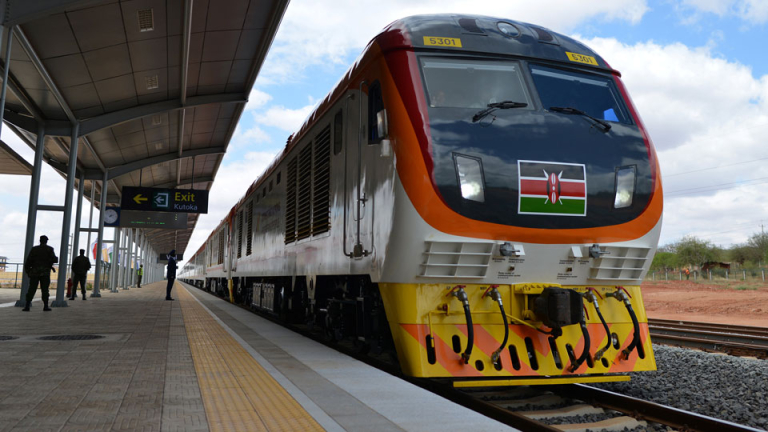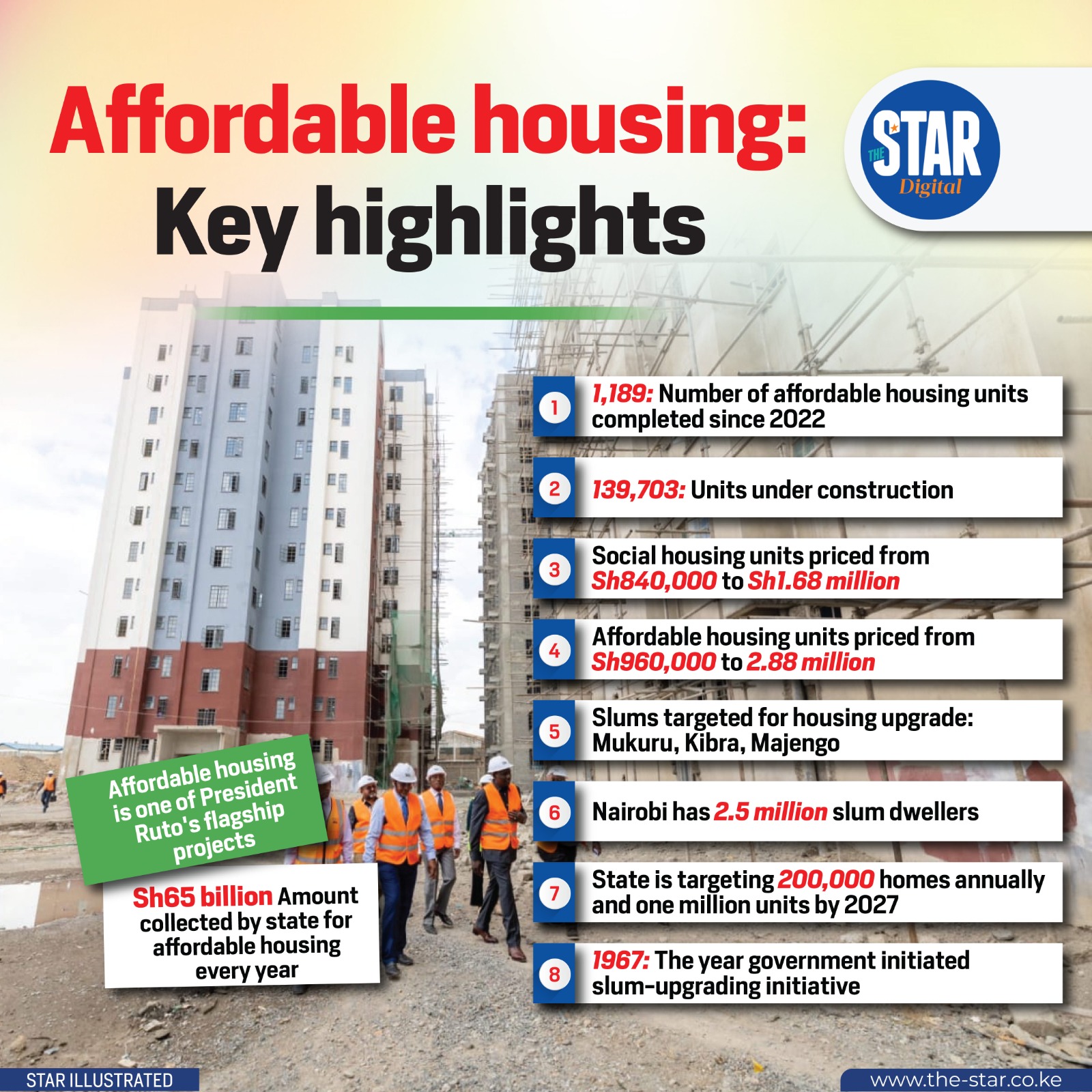Since its launch in 2017, the Standard Gauge Railway (SGR) has been a transformative infrastructure project in Kenya, significantly impacting logistics, tourism, and most notably, the real estate industry. As we approach a decade since its operationalization, it's timely to conduct a retrospective and prospective analysis of how the SGR has reshaped property values and development patterns along its corridor. In 2025, its influence continues to be felt, driving investment and urbanization in key areas. This blog post explores the profound and lasting impact of the SGR on Kenya’s real estate sector.
1. The SGR: A Catalyst for Development
The SGR, connecting Mombasa to Nairobi and extending towards Naivasha and Malaba, was primarily built to enhance freight transport efficiency and reduce transit times. However, its ripple effect on real estate was anticipated from the outset. The railway's stations and freight terminals became new growth nodes, attracting ancillary developments and transforming previously quiet areas into bustling economic zones. The improved connectivity and reduced travel times for both passengers and cargo created a magnetic pull for investment.
2. Direct Impact on Land and Property Values
The most immediate and discernible impact of the SGR was on land and property values along its corridor:
- Near Stations and Freight Terminals: Areas immediately surrounding SGR stations (e.g., Mariakani, Athi River, Emali, Suswa, Naivasha ICD) witnessed a significant surge in land prices. This was driven by speculative buying and the anticipation of increased commercial and residential activity.
- Increased Demand for Industrial and Logistics Hubs: The SGR's capacity for efficient bulk cargo transport spurred immense demand for warehousing, industrial parks, and logistics hubs, particularly around the Inland Container Depots (ICDs) in Nairobi and Naivasha. Land values in these areas saw exponential growth.
- Residential Development in Satellite Towns: Improved connectivity made it more feasible for people to live in satellite towns along the SGR route and commute to major cities. This led to increased demand for residential properties, particularly affordable and mid-income housing, in areas like Athi River and Syokimau.
- Commercial Development: As populations grew around SGR nodes, so did the demand for retail and commercial spaces, leading to the development of new shopping centers, offices, and service points.
While the initial speculative bubbles have somewhat stabilized, the underlying value created by improved accessibility remains strong in 2025.
3. Transformation of Key Regions Along the Corridor
a) Mombasa and Coast Region:
The Mombasa Terminus has solidified its role as a key logistics gateway. The SGR has enhanced Mombasa's appeal as a residential and commercial hub, complementing the port's activities. The seamless connection to Nairobi has also boosted coastal tourism, indirectly benefiting the hospitality real estate sector.
b) Nairobi and Environs:
The Syokimau and Athi River stations have become crucial commuter hubs, driving rapid residential and commercial development in these once-dormant areas. The SGR has eased traffic congestion on major highways (to some extent) and diversified transport options, making these areas highly attractive for affordable housing. The Nairobi ICD remains a vital logistics nerve center, propelling industrial real estate growth.
c) Naivasha and Beyond:
The Naivasha Inland Container Depot has transformed Naivasha into a critical logistics and industrial zone. It has attracted significant investment in warehouses, industrial parks, and even dry ports, positioning Naivasha as a major economic hub and consequently boosting its commercial and residential real estate market. The planned extension to Malaba is expected to replicate this impact further west.
4. Challenges and Unintended Consequences
While largely positive, the SGR's impact hasn't been without challenges:
- Speculative Bubbles: Initial land speculation led to inflated prices in some areas, making it difficult for genuine developers and end-users to acquire land affordably.
- Displacement and Resettlement: Land acquisition for the railway itself led to some community displacements and compensation issues.
- Environmental Concerns: The SGR's path through national parks raised environmental concerns, leading to mitigation efforts.
- Over-reliance on Rail: Concerns about the viability of road freight businesses due to the SGR's competitive edge.
- Sustainability of Investment: Ensuring the long-term economic viability of all SGR-related developments is ongoing.
5. The Future Outlook for 2025 and Beyond
In 2025, the SGR continues to be a foundational piece of Kenya's infrastructure puzzle. Its impact on real estate will continue to evolve:
- Continued Growth in Logistics: The industrial and logistics sector along the corridor will likely see sustained growth, driven by regional trade and e-commerce.
- Smart City Development: The SGR corridor may influence the development of new smart cities or integrated urban centers, leveraging connectivity.
- Increased Inter-County Connectivity: As passenger services mature, increased inter-county travel will spur demand for temporary accommodation and service industries in smaller towns.
- Land Use Planning: Governments will need to continue rigorous land use planning to manage the rapid urbanization and development spurred by the SGR.
Conclusion: SGR – A Long-Term Driver of Kenya's Real Estate Transformation
A decade on, the Standard Gauge Railway has unequivocally proven its role as a monumental driver of real estate transformation in Kenya. From boosting land values around its stations to fueling industrial and residential development in key satellite towns and logistics hubs, its impact is profound and enduring. While challenges exist, the SGR continues to reshape urban landscapes, enhance connectivity, and create new economic opportunities along its corridor. For real estate investors and developers in 2025, understanding and leveraging the ongoing influence of the SGR is paramount for identifying strategic growth areas and capitalizing on the opportunities it continues to generate across Kenya.




